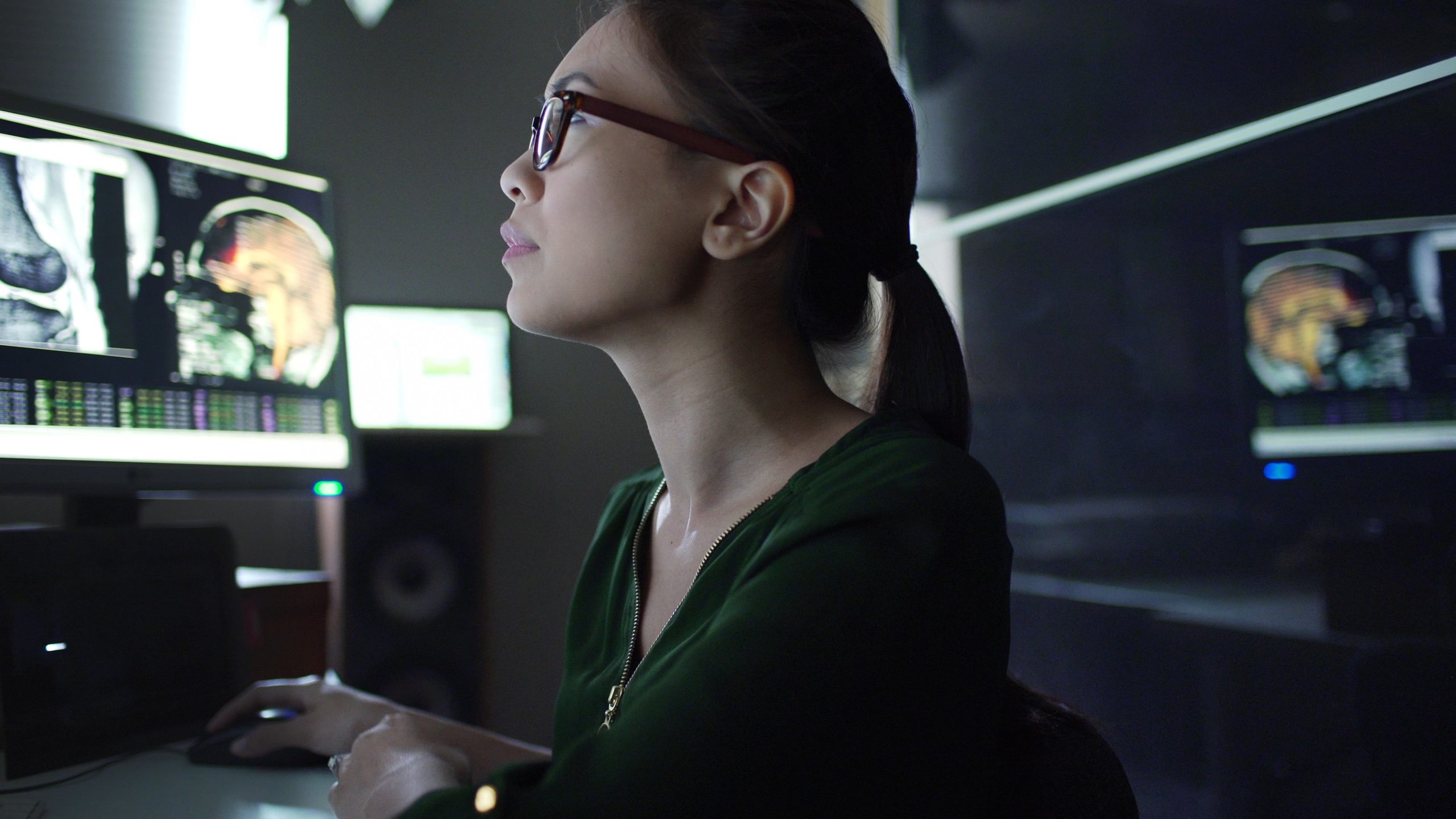We recently shared insights, best practices, and lessons learned from our customers through our Solving the Issues webinars. These programs “shine a light” on issues facing healthcare systems and radiology practices and what’s being done to tackle them. We discovered that provider burnout remains a significant challenge, reaching critical levels even before the COVID pandemic -- which then had the effect of throwing gas on the proverbial fire. Texas Children’s Hospital has been working to address radiologist burnout and satisfaction for years, but from a different angle; this installment discusses their unique approach and success.
What’s good for the radiologist will be good for the patients
Over the last few weeks, we’ve shared a number of insights, best practices, and lessons learned gained from our Solving the Issues webinar series. We structured this series to explore some of the toughest issues facing healthcare systems and radiology practices – and more importantly, how these organizations are addressing them.
From understanding how AI-powered solutions can help improve patient outcomes to learning how clinical data analytics can have a positive impact on the community, we’ve learned so much from Nuance customers who’ve been generous with their stories and time. We even learned how having a comprehensive solution for incidental findings follow-up has helped primary care physicians alleviate burnout. As one Saint Joseph Mercy provider said, “If I read 200 radiology reports today and happen to miss an incidental finding, I know that the health system has my back. [PowerScribe Follow-Up Manager] is one of the solutions that’s making a difference in reducing burnout.”
Provider burnout remains a key challenge for healthcare organizations; it reached critical levels before the COVID-19 pandemic, which had the effect of throwing gas on the proverbial fire. Like Saint Joseph Mercy, radiologist burnout and satisfaction are things Texas Children’s Hospital has been working to address for many years, but they’re approaching this challenge from a different angle.
Purpose-built workflow: Beyond the worklist
Marla B. K. Sammer, MD, joined us for a fireside chat and explained, “We’re keeping in mind the long-term goal, which is to create an environment where radiologists’ workdays are sustainable, a place where we can all thrive.” To that end, she explains that they’re working towards balancing the needs and priorities of the radiologists with those of the patients.
With PowerScribe Workflow Orchestration, Texas Children’s Hospital can more equitably distribute cases within the radiology department and among the various specialties. For example, in the body imaging section, Dr. Sammer notes that as the day would go on, a backlog of plain films would collect and add to the stress of the day. At the same time, neuroradiology struggled with appropriately balancing certain types of studies among specialists, created a different type of stress.
At the end of the day, PowerScribe Workflow Orchestration lets Texas Children’s Hospital create the necessary balance between patient priorities and radiologists’ desire for an efficient, flexible work environment. “Patients are going to come first,” says Dr. Sammer. “But if you’re not taking care of your physicians, they can’t do as well for their patients. What’s good for the radiologist will be good for the patients too.”
Likewise, Texas Children’s Hospital focuses on looking at the reading room data, worklist, and workflow as a whole. “It doesn’t matter if your turnaround times have improved if all the radiologists are overburdened and stressed.”
To hear more about how Texas Children’s is combatting burnout and increasing radiologist satisfaction? View Purpose built workflow: Beyond the worklist, on-demand here.






